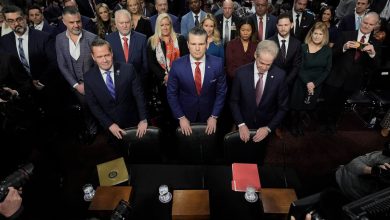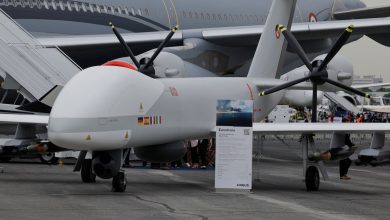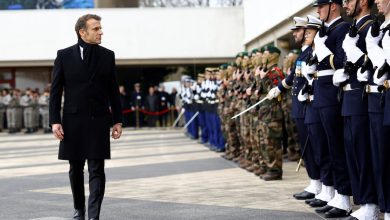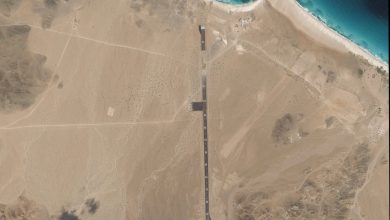US allows Ukraine to fire deeper into Russia ahead of Kursk battle
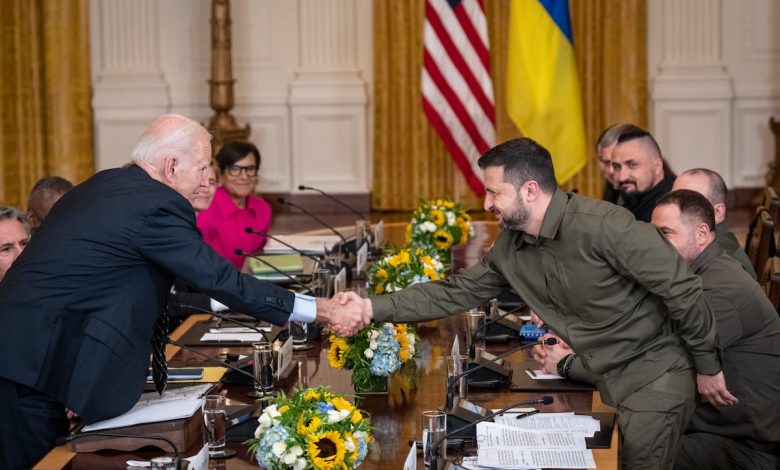
MANILA, Philippines — After months of debate, the U.S. will allow Ukraine to fire long-range American weapons into Russia.
President Joe Biden recently gave permission to use the Army Tactical Missile System, with a 180-mile range. Ukraine has sought such authority since the Biden administration first allowed Kyiv to fire American-provided weapons into Russia this May.
Despite Ukraine’s entreaties, the U.S. resisted the choice until now – arguing it would be an escalation with little battlefield value.
This marks the latest reversal from the White House on what weapons it’s sending and how freely Ukraine can use them. The pattern has repeated throughout the war for equipment like F-16 fighters, long-range missiles and tanks.
The change in course is not a sign that the U.S. thinks the long range missiles will be more useful than before. Instead it’s a tit-for-tat response to North Korea sending more than 10,000 troops to fight alongside Russia in the border region of Kursk, where Ukrainian forces took a swathe of territory earlier this fall.
The North Korean troops haven’t seen much fighting yet, Secretary of Defense Lloyd Austin told reporters this week, but he expects them to enter combat soon.
Russia has so far waited to begin a counteroffensive around Kursk, putting other parts of the front line first. As it suffers enormous casualties – as high as 1,250 per day, U.S. officials have said – the North Korean troops will help Russia maintain its positions without needing another draft.
That said, because of their different languages and lack of experience fighting alongside Russia – far from an ally for the last 30 years – Austin doubted the North Korean forces will be very effective.
Ukraine has not yet used ATACMS to fire deep into Russia, an American defense official said.
For now, the revised policy will focus only on the Kursk region, though Ukraine has asked for permission to fire anywhere the missiles can reach. The U.S. may grant such authority if Russia continues to escalate.
To wit, the initial choice to let Ukraine fire American weapons into Russia came after Moscow began a spring offensive on Kharkiv, Ukraine’s second-largest city and one that sits close to the border. The White House argued then that restricting the fires created an arbitrary haven for Russian forces, who could station equipment just out of reach.
Just where that permission applied was convoluted at first, with the Pentagon saying it was only meant for the Kharkiv region and the White House expanding it soon after.
Speaking with reporters at NATO headquarters in Brussels, a senior U.S. defense official doubted even the embargo on long-range strike would last, referencing the no-no-yes pattern throughout the war.
“Never say never,” the official said.
Notwithstanding, the U.S. stood firm for months. Eventually, it settled on three public arguments to make its case.
America’s stocks of the missiles are low – so much so that it didn’t send them to Ukraine for much of the war. At the same time, the Pentagon has argued that Ukraine was building its own long-range weapons, mostly drones, that worked just as well.
Ukraine has used these to hit Russian oil refineries and ammunition depots, causing major damage in the latter case.
After the policy change in May, Russia also moved many of its planes beyond the 180-mile range, expecting the U.S. to eventually relent. That means Ukraine won’t be able to stop barrages of glide bombs – essentially imprecise weapons tweaked to be more accurate – that have pounded their cities for more than a year.
A congressional aide told Defense News the new permission could still help Ukraine target some important military sites, such as ammunition depots.
But with ATACMS in such short supply, the U.S. also hasn’t said whether the policy change also extends to long range weapons provided by Britain and France. Both countries have said Ukraine should be able to fire these missiles wherever it wants, but they rely on American parts and data to target military sites, giving Washington a veto.
Noah Robertson is the Pentagon reporter at Defense News. He previously covered national security for the Christian Science Monitor. He holds a bachelor’s degree in English and government from the College of William & Mary in his hometown of Williamsburg, Virginia.
Read the full article here

